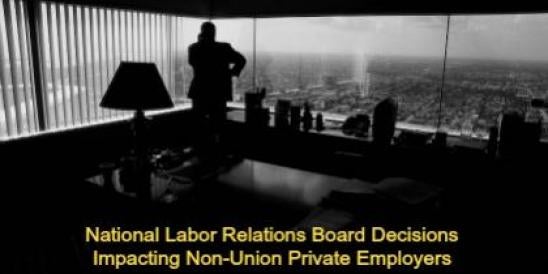TREPP Analytics recently provided the U.S. commercial real estate industry some positive news – both the CMBS delinquency rate and seriously delinquent loans are down. The delinquency rate as of June 2014 is 6.05% (compared to 8.65% a year ago), with seriously delinquent down to 5.92% from 8.37% last year. This decrease is seen across all commercial property types: lodging down 4.04%; retail 1.65%; multifamily 2.3%; and industrial 3.33%. The Mortgage Bankers Association also announced reduced delinquencies in their May 2014 news release.
South Florida’s strong commercial real estate market has already experienced this trend. According to the South Florida Business Journal, its CMBS delinquency rate has been steadily declining since the end of 2012. But to make good news better, South Florida is also experiencing an increase in its commercial real estate prices. Loopnet reports that prices are up from a year ago across all categories:
-
Multifamily 15.9%
-
Office 14.7%
-
Industrial 11.8%
-
Retail 1.4%.
Asking rents, too, have increased:
-
Office .7%
-
Industrial 6.3%
-
Retail 3.7%
Rents are expected to continue to rise, predicts Galleria International Realty. Further, they forecast that “commercial real estate property transaction volume will reach a 10-year high at $430 billion by 2016.”
The industrial commercial real estate market is clearly coming back, purports JLL vice president Nick Wigoda. “Clients are in expansion mode and looking to sign or renew leases, and market fundamentals support that.” CoStar Group reports that during the first quarter of 2014, Miami’s industrial market alone “had nearly $252 million in sales volume,” also up from last year.
Several factors that have played a role in this optimistic turn include:
1. International and outside investors
According to State Street Realty president George Pino, “the region’s commercial real estate is sought after by institutional investors because it is one of the top markets for capital investment, a gateway to Latin American trade and is considered a safe and steady investment.” Many of these international investors are paying cash, furthers Seth Gadinsky of Gadinsky Real Estate. He also adds New York investors to those that are impacting the commercial real estate market, claiming that “Miami has become the sixth borough of New York City.”
2. Low levels of new supply delivery
The post-recession decrease in new construction could cause some tightening as space is absorbed, contends the Urban Land Institute. This may cause landlords to “push rents a little higher than previously expected.” Added to this is the limited supply of land on which to build in the area.
3. Thriving hospitality market
Miami has the best hotel market in the nation contends Barry Sternlicht, CEO of Starwood Capital Group. Mark Maurer citing Smith Travel Research writes “Miami ranks as one of the top hotel destinations in the U.S. in terms of revenue per available room and has an occupancy rate of more than 80%.” He further says that South Florida hotel guests are increasingly willing to spend $1,000 per night, and in the past 12 months boutique hotel properties have been “selling for more than $1 million per room.”
4. Demand for multifamily housing fueled by Miami’s strong employment rate
Wells Fargo economists assert that the Miami unemployment rate is dropping and will continue to do so, and is the “only large metro area in the state with employment above its prerecession peak.” Currently, Miami has the strongest condominium market in the nation. “Multifamily permits in the metro division are up 76.2 percent from a year ago on a 12-month moving average basis.”




 i
i

